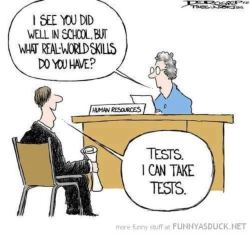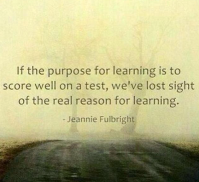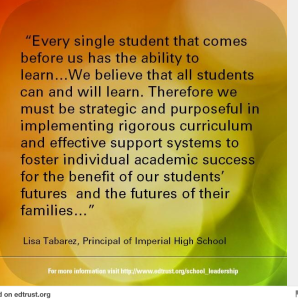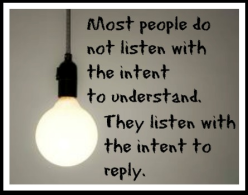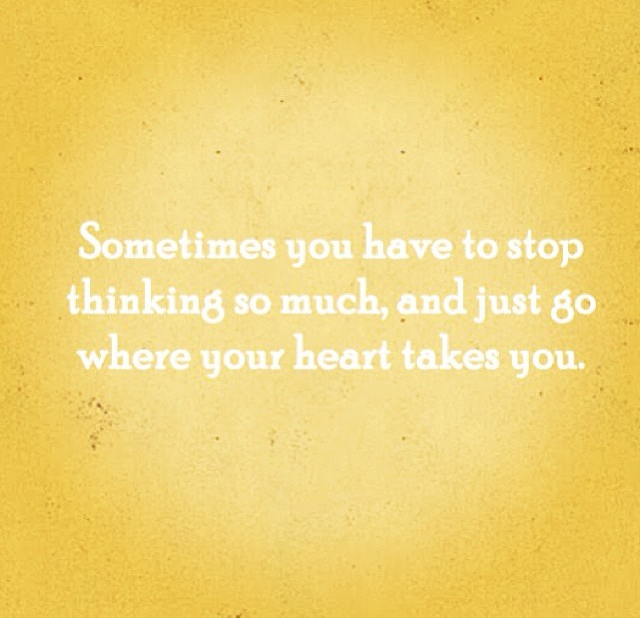Lately there has been much controversy over the topic of standardized testing. Many school districts, my own included, spend a better part of the year preparing students for these tests. Teachers spend countless hours analyzing the data of student scores as proof of exemplary teaching. For example, if the student scores in Teacher A’s class are higher than that of Teacher B, perhaps Teacher A can offer insights about sound teaching practices in order to help elevate scores in other classrooms. In short, many teachers use this data as a tool to guide instruction. Without a doubt, using data to guide instruction is extremely important and should be part of regular teaching practice throughout the year. However, the data used to guide instruction must be sound and relevant for the students who sit before us. Using standardized test scores to guide instruction may be questionable practice.
What these tests really measure…
In Massachusetts, teachers spend a huge part of the year providing students with formulas for how to take MCAS tests(Massachusetts Comprehensive Assessment System). Therefore our hope isn’t that students think outside the box, but instead stay completely within the parameters we have set. What these tests really measure are test taking skills, and how well our children can follow a prescribed style of answering multiple choice and open ended questions. When scores come in we lord over the high scores under the pretense that great teaching and learning has taken place.
Why good test scores do not always equate to good teaching…
Standardized tests do not gauge rigor, creative thinking, problem solving, collaboration, evaluating, designing, or independent thinking – the very skills necessary for our students in the 21st century and the world in which they live. This is the danger of placing so much energy during the school year on standardized testing – it creates a culture of students who cannot think outside the box. Sadly, it merely creates students who are very adept at taking tests. This, in my opinion, does not equate to good teaching. The evidence of this is seen in the students who sat in our classrooms some 15 years ago, before the emphasis on tests of this sort. We had students who were creative, and went above and beyond what was asked of them. Today, we feed our students information and ask them to regurgitate it back so they can do well on these high stake tests. We then feel frustrated when they can’t think critically for themselves.
Enter Genius Hour…
This year, in order to try to rectify this prescribed method of teaching, I decided to try Genius Hour with my students. Genius Hour is based roughly on Google’s 80/20 philosophy whereby students are allotted 20% of their school week to pursue any area of study that interests them. The premise is that student performance will increase when they are given time to follow their passion (hence many educators call this time Passion Hour). After reading countless blogs, books, and watching several videos, I felt ready to give it a try in my own classroom. Having reached out to a number of educators who were well-experienced with GH,( Joy Kirr, Paul Solarz, and Jerry Blumengarten aka cybraryman1) I was more than excited and ready to start. The results however were horrifying. Many of my students couldn’t even tell me what interests they had. What was worse, some opted out and chose to read instead of even trying and risking. Most had very little deep thinking (merely google answers) about their chosen topic. I was saddened as I remembered the kind of learning taking place among the students in Paul Solarz 5th grade class. My students could not compare. So I sat with pen in hand and watched my students present their projects. My grading rubrics were filled with similar comments like “your guiding question is weak or unanswered”, “GH is not about finding answers on Google”, and “dig deeper”. I questioned whether or not Genius Hour had been a complete waste of time. But the more I reflected, the more I realized how important it was for me NOT to give up. So, instead of grading my students, I started grading myself. Hence my “scores” began to guide my instruction!
Personally, I feel that this is the data that we as teachers need to be analyzing, not the scores on a standardized test. Can our students collaborate, create, think critically/deeply and beyond literal level of understanding? For these are the skills we need to be working on with our students every day. These are the skills our children will need when they enter the global workforce of their future. Sadly my students could not. However it was through no fault of their own. How could they be expected to think outside the box when they have had very few opportunities to do so?
Personal Philosophy
During the process of writing this piece, I decided to pull out my educator’s portfolio that I had assembled when I first began seeking employment as a teacher. I stumbled upon what I had written then as my personal philosophy of education. Here are the words I penned some 23 years ago: “I seek to encourage the development of skills that enable a person to learn, explore, create, discover, think critically, and generally participate in life as a productive human being. I believe that as a teacher it is my duty to share my love for learning and to help my students become self-motivated, independent, and successful.” When I wrote this back in 1992, I had some semblance of what those words meant. Today, these words still ring true. They reflect the very core of who I am as an educator. Unfortunately for me, in the wake of high stakes testing, this core belief has been challenged and put on a shelf. The result of which left me feeling unhappy and passionless in a job that I am passionate about. So I am dusting off that shelf because I want to push my students to create, to fail, to persevere, and to love the learning process. These are the skills that will serve them beyond the walls of any classroom. This is the sort of data that I want to analyze and reflect upon to guide my instruction each and every day. This is data that matters.
